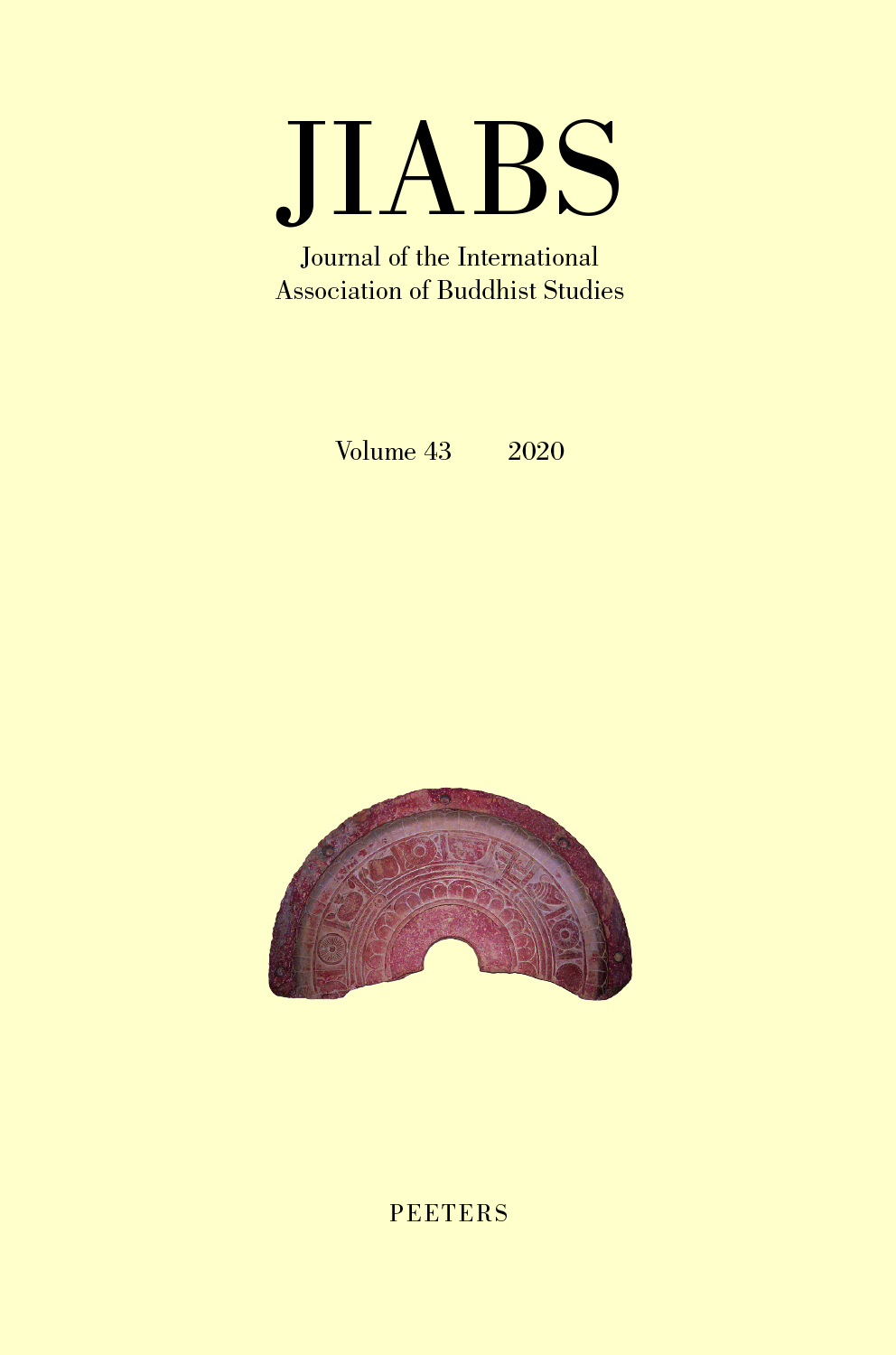 previous article in this issue previous article in this issue | next article in this issue  |

Preview first page |
Document Details : Title: Die altuigurische Daśakarmapathāvadānamālā und die buddhistische Literatur Zentralasiens Author(s): WILKENS, Jens Journal: Journal of the International Association of Buddhist Studies Volume: 38 Date: 2015 Pages: 245-270 DOI: 10.2143/JIABS.38.0.3134543 Abstract : The collection of stories entitled Daśakarmapathāvadānamālā is the most important narrative work of Central Asian Buddhism as it is attested next to its Old Uyghur version – although in fragments only – in Tocharian A and B as well as in Sogdian. The article is a comparative attempt at delineating the position of the Old Uyghur work against the backdrop of Central Asian Buddhist literature. After a comparison of the Kāñcanasārāvadāna in its Old Uyghur and Sogdian versions, the consequences of the ten unwholesome actions as described on various occasions in the frame story of the Daśakarmapathāvadānamālā are compared to similar depictions in the Tocharian B version of the Karmavibhaṅga and the Khotanese Book of Zambasta. Very fragmentary passages in the collection of avadānas referring to the well known simile of the turtle and to the idea that trembling of the gall causing a swoon are interpreted with recourse to other Central Asian Buddhist works. It can be shown that licking parts of the body was seen in Central Asia as a gesture of adoration not only in Buddhist art but in Buddhist literature as well. |
 |


